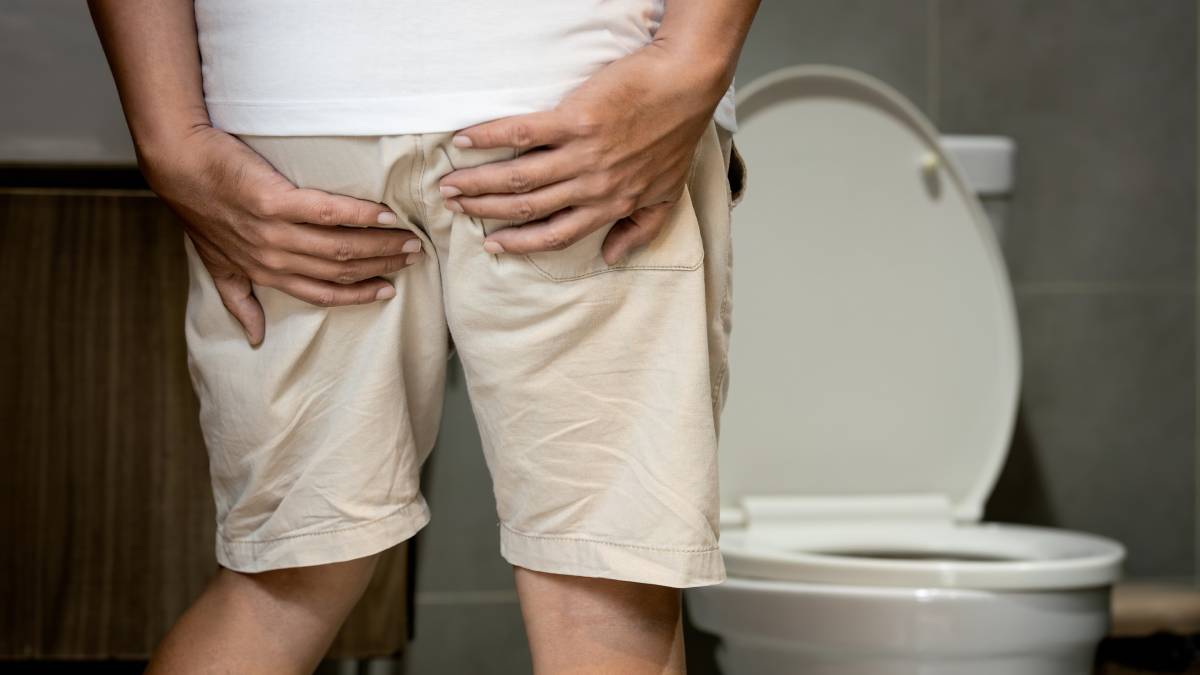Piles, also known as haemorrhoids, are all a bit of a laugh until you have them.
The condition affects many people, especially those over the age of 50.
Piles occur when the veins in the lower anus and rectum become swollen, causing discomfort and other symptoms. They can be caused by chronic constipation, chronic diarrhoea, lifting heavy weights, and straining during bowel movements. Certain factors, such as pregnancy, age, weight, and diet, can increase the risk of developing piles.
Piles can be internal or external. Internal piles occur within the rectum, however, in some cases, an external pile may grow and protrude outside of the anus, a condition known as a prolapsed haemorrhoid.
Medical professionals grade internal piles on a four-point scale, ranging from grade I, which causes no symptoms and does not protrude out of the anus, to grade IV, which protrudes outside of the anus and cannot be pushed back in.
Medical treatment
Anyone else glad they are not a doctor right now?
External piles form small lumps on the outside edge of the anus. They can be itchy and painful, especially if a blood clot develops, which can block blood flow. Thrombosed external piles, or haemorrhoids that have clotted, require immediate medical treatment.
The symptoms of piles vary from person to person, but they may include painful lumps in and around the anus, itching and discomfort, discomfort during and after passing stools, and bloody stools. However, many people with piles may not experience any symptoms at all.
While piles are usually not serious and can resolve on their own, they can escalate into more severe conditions, such as excessive anal bleeding, infection, faecal incontinence, anal fistula, and strangulated haemorrhoid.
All of those are just as bad as they sound.
Therefore, it is important to seek medical assistance if piles persist for more than one week of home treatment or if there is consistent bleeding from the rectum.
Diagnosing piles usually involves a physical examination of the anus and rectum.
A doctor may also ask questions about family history, blood or mucus in the stools, recent weight loss, and changes in bowel movements.
In some cases, a digital rectal examination or proctoscope may be performed, and a colonoscopy may be recommended if there are signs and symptoms suggesting another digestive system disease or risk factors for colorectal cancer.
Haemorrhoids are not associated with an increased risk of bowel cancer.
Treatment for piles depends on the severity of the condition.
In most cases, lifestyle changes, such as eating a high-fibre diet, drinking plenty of water, exercising regularly, and avoiding straining during bowel movements can help manage the symptoms.
Over the counter
In rare cases, you will need more active medical care. These include some over-the-counter medications including creams and suppositories.
In more serious cases treatment can include injecting chemicals into the haemorrhoid to stop the pain and bleeding and decrease its size.
Another more invasive treatment is rubber band ligation. Like it sounds, an elastic band is placed around the haemorrhoid to cut off its blood supply. This causes the haemorrhoid to fall off and be passed out of the body. Some treatments include medical stapling, which achieves the same result.
Even less often you may require surgery.
If you want to stop the problem before it begins, according to HealthDirect, the best way to do that is eat a healthy, high-fibre diet, drink plenty of water, lose excess weight and exercise regularly. And try not to ‘hang on’ to a bowel movement. Get it out there as soon as possible.
Would you visit your doctor if you suspected you had piles? Or would you try pharmacy medications first? Why not share your experience in the comments section below?
Disclaimer: This article contains general information about health issues and is not advice. For health advice, consult your medical practitioner.
Also read: What are some of the common causes of joint pain?


I am unable to drive my tractor anymore and would like to gift it to my son. It is valued at about $10000. I have not gifted anything in the past and want to know what proof Centrelink need in order to have it removed from my assetet list.
Regards, Graham